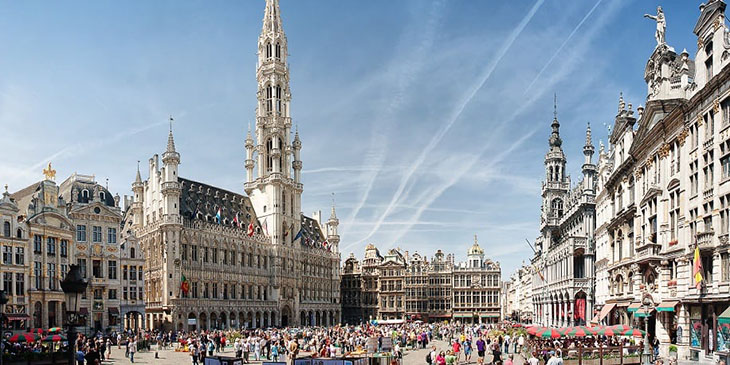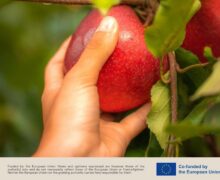Visitors delighted with the welcome they received in Brussels

Brussels plays host to millions of visitors each year. In order to better understand tourists and most effectively meet their needs, visit.brussels and Toerisme Vlaanderen have commissioned a satisfaction survey of 1,200 tourists who have stayed in Brussels and 437 who have visited for the day. Conclusive and positive results have helped visit.brussels, especially in refining its marketing strategy for the coming years.
A year of surveys visit.brussels, in conjunction with Toerisme Vlaanderen and the Flemish art cities (Antwerp, Gand, Bruges, Malines, and Leuven), commissioned a study to gain a better understanding of the behaviour of tourists visiting on vacation.
“It is essential to understand the motivations and travel habits of tourists. It allows us to offer effective tourism policies linked to the trends and expectations of visitors to our region.” underlined Rudi Vervoort, Minister-President of the Brussels-Capital Region.
In Brussels this study was conducted over 12 months by the Kantar TNS survey company with over 1,600 tourists.
Diversity and a rich architectural heritage
The concepts that tourists associate with Brussels are many and attest to the Region’s shapeshifting identity. Thus the five terms most often cited reveal the richness of its physical heritage (beauty, architecture) and cuisine (chocolate), the multiculturalism of its population (diversity) and its status as the European capital (Europe).
The concepts also vary with nationality. For example, the terms Europe and diversity are particularly associated with Brussels by European visitors. For its part, beer is most often highlighted by Anglo-Saxon tourists (United Kingdom and United States).
The reasons cited by visitors for choosing Brussels as a destination also vary: architectural heritage (35%), the city’s positive reputation (24%), its distinctive products like beer and chocolate (20%), and its history (20%) are specifically noted.
A variety of sources of tourist information
This research also confirms a phenomenon observed for several years now: the decentralisation of tourist information.
source: eTN




